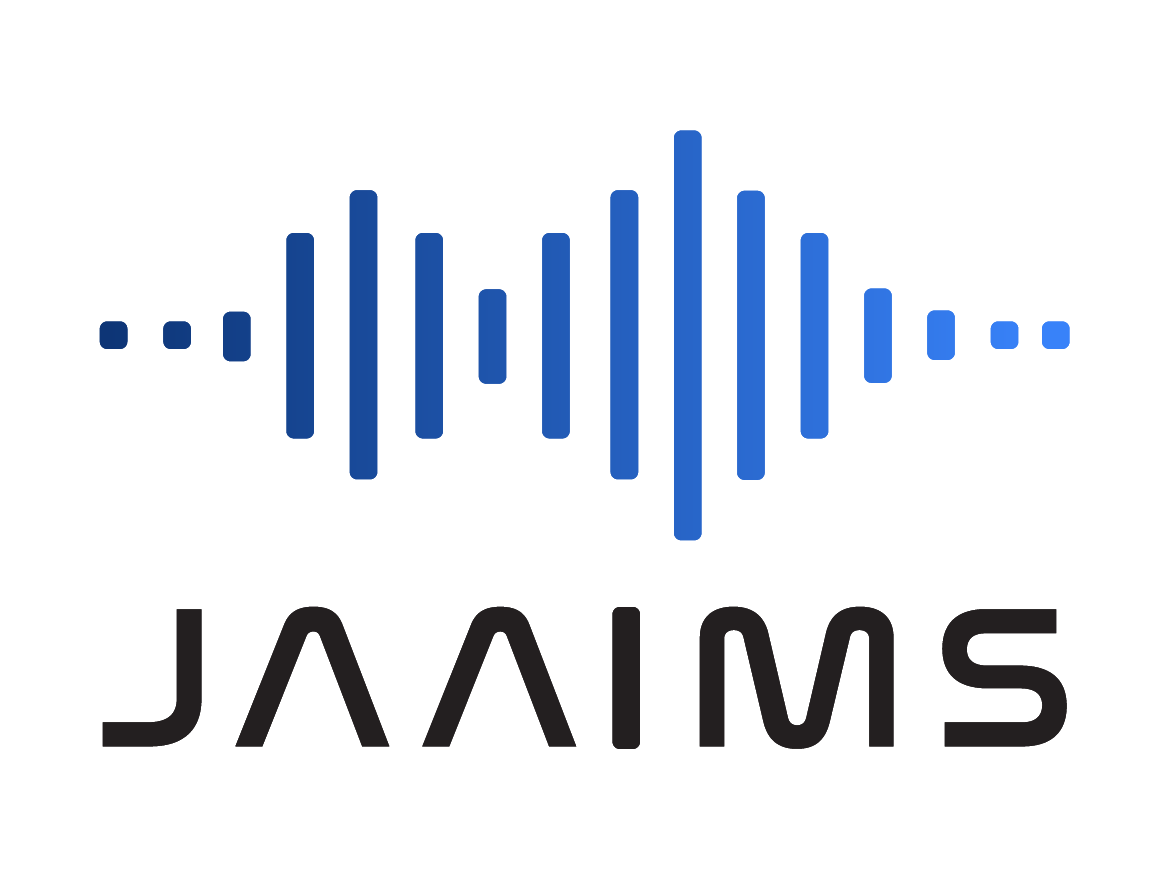‘The monetary climate – primarily the trend in interest rates and Federal Reserve policy – is the dominant factor in determining the stock market’s major direction’, wrote Marty Zweig, in 1970.
2020 has been dominated by a series of unprecedented events. Equity markets across the globe plunged into chaos in March following the spread of Covid-19, countries saw their GDP growth figures fall off a cliff in response; and oil prices at one point turned negative for the first time in history – as a demand-supply shock brought on by the virus crunched the world’s most important commodity.
Despite all that chaos, the broad-based S&P 500 has risen an impressive 13.86% year-to-date, Australia’s ASX 200 has traded flatly, while Bitcoin surged to an all-time high on December 20.
This comes as the US Federal Reserve has taken unprecedented measures to shore up the United States’ financial system. That has resulted in the Fed pursuing an aggressive program of Quantitative Easing (QE) and slashing interest rates to near zero.
Experts predict that interest rates are set to stay at near zero until 2024, while the central bank remains committed to further expanding its balance sheet (QE). To that end, the Fed recently said it was eyeing US$120 billion of asset purchases per month, until its ‘employment’ and ‘price stability’ goals were met.
‘These asset purchases help foster smooth market functioning and accommodative financial conditions, thereby supporting the flow of credit to households and businesses,’ the Fed said in a recent statement.
Looking forward to 2021, investors should closely monitor the Fed’s policy statements and guidance given the significant impact they have had (and likely will continue to have) on equity and currency markets, as well as alternative assets.
Beyond that, those asset purchases have also helped debase the greenback, with the Australian dollar, Japanese yen and British pound all strengthening firmly against the US dollar in 2020. Amongst all this, investors have also flocked to alternative assets such as cryptocurrencies, with Bitcoin surpassing its 2018-peak, last trading at US$23,785 per coin.
Mind you, despite weakness in the US dollar, the Fed’s current policy mandates have proven incredibly accommodative to equity markets. Oppenheimer’s John Stoltzfus predicts the S&P 500 could hit the 4,300 point level by the close of 2021. The broker cited the rollout of a successful vaccine, additional fiscal stimulus, and ‘a low interest rate regime supported by accommodative monetary policy from the Federal Reserve’ as some of the key catalysts behind this price target.
As the saying goes, ‘don’t fight the Fed’.
